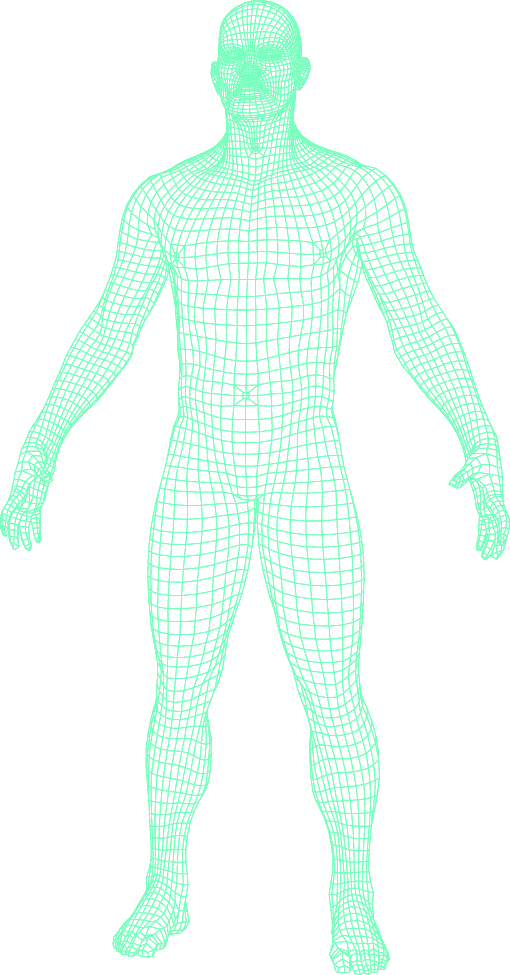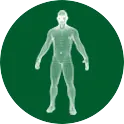
Symptoms
- Pain or discomfort in the neck, jaw, arms, or back
- Nausea and vomiting
- Sweating
- Lightheadedness or dizziness
- Rapid or irregular pulse

Minimally invasive

Faster recovery

Reduced hospital stay
Angioplasty is not a disease, but a procedure used to treat a disease called coronary artery disease. Angioplasty is a procedure used to open narrowed or blocked arteries, which can reduce the risk of heart attack and improve blood flow to the heart. During the procedure, a thin tube called a catheter is inserted into an artery, usually in the leg, and guided to the blocked artery in the heart. Coronary artery disease is a condition in which the arteries that supply blood to the heart become narrowed or blocked, often due to the buildup of plaque made up of fat, cholesterol, and other substances. This can reduce blood flow to the heart and increase the risk of heart attack. Angioplasty is used to open the narrowed or blocked arteries and improve blood flow to the heart, reducing the risk of heart attack. Other treatments for coronary artery disease may include lifestyle changes, medications, and surgery.




















Angioplasty is a common treatment for coronary artery disease. During the procedure, a thin tube called a catheter is inserted into an artery, usually in the leg, and guided to the blocked artery in the heart. A small balloon is then inflated inside the artery to widen it and improve blood flow. In some cases, a stent, which is a small mesh tube, may be placed in the artery to help keep it open. Angioplasty is often performed in a hospital or outpatient setting and may be done with the use of local anesthesia.
Other treatments for coronary artery disease may include lifestyle changes, such as eating a healthy diet, getting regular exercise, and quitting smoking. Medications may also be prescribed to help manage the condition and lower the risk of heart attack and other complications. In some cases, surgery may be necessary to treat coronary artery disease, such as coronary artery bypass surgery. The specific treatment plan will depend on the severity of the condition and the individual patient. It is important to work with a healthcare provider to determine the best treatment plan.


| Dombivli |  8603 600 600 8603 600 600 |
| Goregaon |  7209 600 600 7209 600 600 |
| Chembur |  8451 800 800 8451 800 800 |
| Nashik |  9607 999 200 9607 999 200 |
| Bangalore |  080 4792 2925 080 4792 2925 |
SRV Hospital is a state-of-the-art multispecialty tertiary care facility in Goregaon that brings to the community a unique healthcare experience where a community of caregivers works closely with renowned doctors in a collaborative approach to improve both the health of our patients and the practice of medicine.



